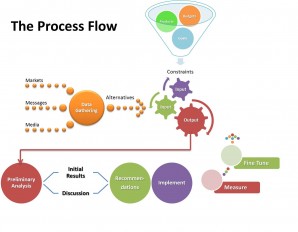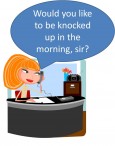Today marked the first presentation of The Marketing Seminar/Workshop that I’ve been developing over the last couple of months. We had a small but diverse group — from telecom to radio to on-line learning to association management to interior design to multi-level marketing to web-based business-to-business and business-to-consumer networking to solar energy and more — and the session was, frankly, a smashing success.
You can see how the participants rated the session’s overall quality, the content, the speaker — me — and the materials, and what some of the participants who made comments on the evaluation forms had to say. I have to say that I’m pretty proud of these ratings and comments. And I extend my sincere thanks to all of the participants. They were great.
Today’s session was priced very inexpensively — $45 early bird/ $55 regular — so that there would be enough people to get a real feel for the successful development of the content and the materials. The next public session, which I’m planning for sometime in October, will be about twice today’s price. Why? Because it is worth it. And because I can’t make a living giving my expertise away at too low a cost.
Will the next session be worth that increased cost to you? I think if you look at the infographic embedded in this post you’ll agree that it is. If not, write to me and tell me so. I’d love to hear from you.
p.s.: If you don’t want to wait until the Fall to get the benefit of participating in this session, I do offer in-company versions. :-)







